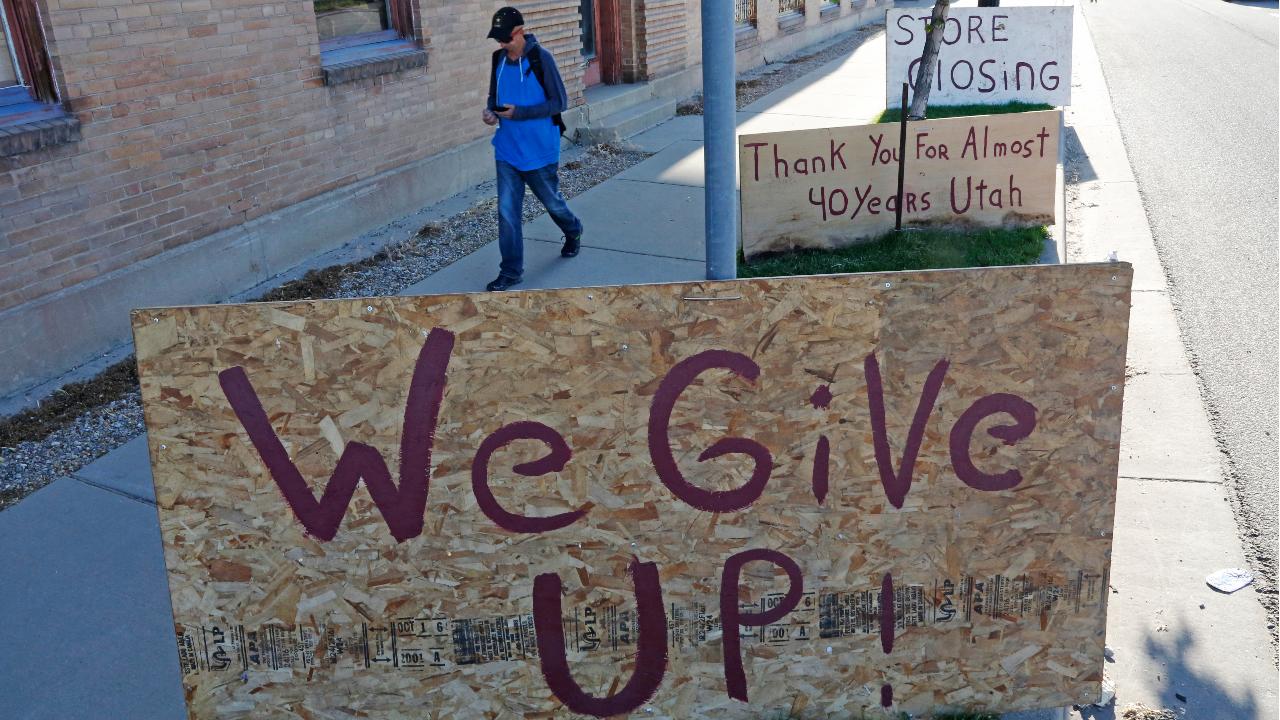Cities with lowest unemployment rates
Memphis, Tenn., saw employment growth between January and March
The U.S. workforce shed 20.5 million jobs in April, reaching a record 14.7 percent unemployment rate, the highest level since the Great Depression, as the coronavirus pandemic triggered an unprecedented economic standstill.
More than a decade of job gains were erased in a single month by the Great Recession; the stunning job losses are more than double what the U.S. experienced during the 2008 financial crisis.
CITIES WITH THE HIGHEST UNEMPLOYMENT RATES
But some cities have been able to maintain low unemployment rates. The top 10, according to March data from the U.S. Bureau of Labor Statistics, are:
- Oklahoma City: 2.5 percent unemployment
- Nashville, Tenn.: 2.8 percent unemployment
- Birmingham, Ala.; Boston and Indianapolis: 3.0 percent unemployment
- Milwaukee and Washington, D.C.: 3.3 percent unemployment
- Minneapolis; Richmond, Va.; San Jose, Calif.: 3.4 percent unemployment
- Austin, Texas; Baltimore; Portland, Ore.; San Francisco: 3.5 percent unemployment
- Virginia Beach, Va.: 3.6 percent unemployment
- Raleigh, N.C.: 3.7 percent unemployment
- Salt Lake City: 3.8 percent unemployment
- Charlotte, N.C.; Hartford, Conn.; Kansas CIty, Miss.: 3.9 percent unemployment
Cities with the lowest unemployment growth rate from January 2020 to March 2020, according to an April 29 report from finance website WalletHub, are:
- Memphis, Tenn.: -1.34 percent unemployment growth
- Chattanooga, Tenn.: -0.56 percent unemployment growth
- Buffalo, N.Y.: 0.25 percent unemployment growth
- Des Moines, Iowa: 0.28 percent unemployment growth
- Cheyenne, Wyo.: 0.79 percent unemployment growth
- Yonkers, N.Y.: 1.07 percent unemployment growth
- Rochester, N.Y.: 1.30 percent unemployment growth
- Cincinnatti: 1.37 percent unemployment growth
- Fayetteville, N.C.: 1.72 percent unemployment growth
- Springfield, Miss.: 2.11 percent unemployment growth
VIRUS OUTBREAK COULD FORCE HALF OF SMALL BUSINESSES TO CLOSE WITHIN 6 MONTHS
The previous record was 10.8 percent in late 1982. The number of job losses is also the biggest on record dating back to 1939. Previously, the largest one-month job loss number was 1.96 million in September 1945, at the end of World War II.
GET FOX BUSINESS ON THE GO BY CLICKING HERE
Large companies and small businesses have cut workforces as the pandemic has forced nonessential businesses to remain closed, causing people to avoid travel and spend less money. The retail, food and travel industries have been hit especially hard.
CLICK HERE TO READ MORE ON FOX BUSINESS




















